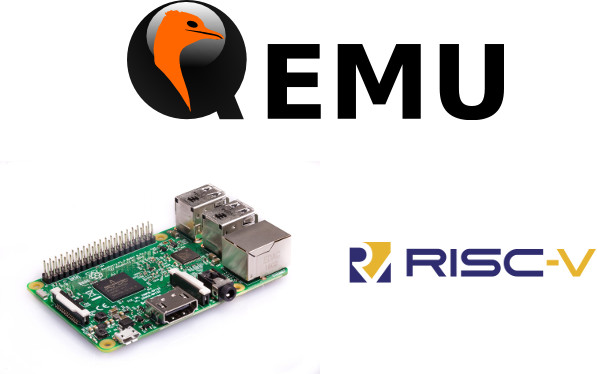QEMU is open source machine emulator and virtualizer, which I used in the past at a time when Arm boards were more expensive or hard to get than today, and more recently I tested RISC-V Linux using QEMU (fork).
QEMU 2.12 has now been released with some interesting new features including RISC-V support, and initial support for Raspberry Pi 3 machine model.
 The Changelog is rather long, but some other notable changes include:
The Changelog is rather long, but some other notable changes include:
- Cortex-M33 Armv8-M emulation, used by the new mps2-an505 board.
- Support for various AArch64 v8.1/v8.2/v8.3 extensions.
- Initial support for Raspberry Pi 3 machine model
- i.MX7 SoC and i.MX7 Sabre board emulation.
- Spectre/Meltdown mitigation support for x86/pseries/s390 guest
- Intel IOMMU support for 48-bit addresses
- Many SD card emulation cleanups and bugfixes.
- Etc..
You can get the source code and build instructions in the download page. If you are interested in running Debian on RPI 3 model, or/and want to find out more about RISC-V support, you may want to read the blog posts here and there respectively.

Jean-Luc started CNX Software in 2010 as a part-time endeavor, before quitting his job as a software engineering manager, and starting to write daily news, and reviews full time later in 2011.
Support CNX Software! Donate via cryptocurrencies, become a Patron on Patreon, or purchase goods on Amazon or Aliexpress




